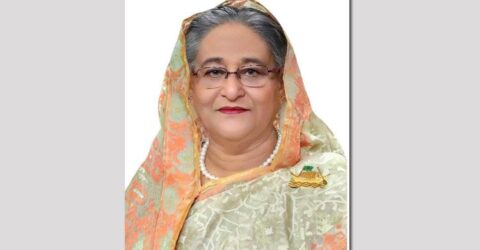Social protection programs benefitting poorer households in Bangladesh: WB
The Bangladesh The Bangladesh
Today

DHAKA, – Social Protection Programs remain central to Bangladesh’s sustainable development policy, progressively benefitting the country’s poorer households, a World Bank report said today. By improving target of the social protection programs, the country can further reduce poverty while reallocation of existing facilities to the poorest could reduce poverty further, it said.
The report titled ‘Bangladesh Social Protection Public Expenditure Review’ reflects on Bangladesh’s continued investment towards social protection and how it can improve on its existing framework including planning, designing, programming, and delivery of the various social protection programs and projects. The report finds that the social protection programs are mostly focused in rural areas.
About 11 percent of people in urban areas are covered by social protection. The coverage in rural areas is higher than the poverty rate, with programs reaching 36 percent of people, while 26 percent live in poverty. Using a social registry, such as the National Household Database can improve targeting of both programs and households at a reduced cost.
“Over the last decades, Bangladesh has expanded its coverage of social protection programs that now reach three in every 10 households in the country,” said Dandan Chen, World Bank Operations Manager for Bangladesh and Bhutan.
“The COVID-19 pandemic has accentuated the need for a more robust, efficient, and adaptive social protection system. Going forward, well- targeted and less fragmented social protection programs that consider the demographic change, unplanned urbanization, labor market vulnerability, and frequent shocks will help the country continue with its success of poverty reduction,” added Chen. In FY 20, Bangladesh spent about 2.6 percent of GDP in social protection. Spending will be more effective if the allocations are aligned with the share of the poor in different categories, and with the different functions played by programs.
“Investing in early childhood helps a child grow healthier and be more productive in adult life and thus break the cycle of poverty across generations,” said Aline Coudouel, World Bank Lead Economist and a co-author of the report. “The country has taken innovative programs, reflecting the life cycle approach. As patterns of risk change in different phases of life, the life- cycle approach needs to encompass support from pregnant mothers to old age, persons with disabilities, as well as from households facing shocks to those in chronic poverty,” added Aline.
The release said to boost the quality and efficiency of service delivery, Government to Person (G2P) and mobile financial services should be scaled up. This also needs to be paired with increased allocations for staffing, capacity-building training including digital literacy, and improved equipment, which will facilitate enhanced implementation of programs at the local level.




